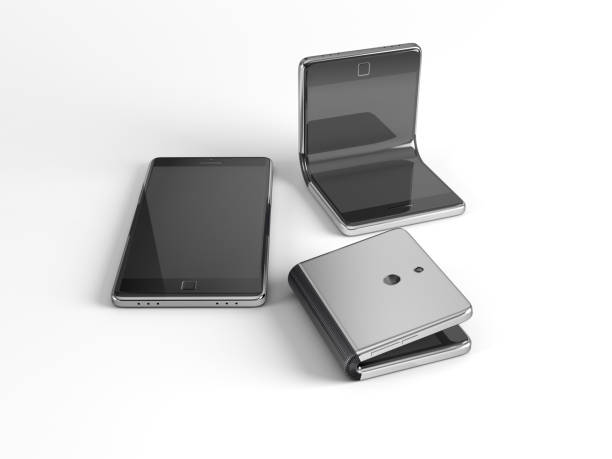Unfolding the Future: Foldable Technology in the Modern Era
Introduction: From foldable phones to rollable TVs, flexible technology is pushing the boundaries of what's possible in the tech world. This article explores the fascinating evolution of foldable technology, its impact on the current market, and what it holds for the future.

The Genesis of Foldable Tech
Foldable technology is not a new invention. It traces its roots back to the 1970s, with the advent of flexible circuits used in calculators and digital watches. Over the years, the technology has evolved, driven by the need for portability and the desire to create innovative designs. In 2019, the tech world witnessed a significant leap with the introduction of foldable smartphones by tech giants like Samsung and Huawei. This marked the beginning of a new era in the realm of consumer electronics.
The Era of Foldable Smartphones
The unveiling of foldable smartphones stirred a wave of excitement across the tech world. These devices offered a novel solution to an enduring problem: how to increase screen size without compromising portability. Samsung’s Galaxy Fold and Huawei’s Mate X were among the first to hit the market, offering a unique blend of a tablet and a smartphone. However, they faced initial setbacks, including durability issues and hefty price tags. Despite these challenges, the companies persisted, refining their designs, improving durability, and gradually lowering prices.
Foldable Tech Beyond Smartphones
The realm of foldable technology extends far beyond smartphones. Innovators are exploring its potential in other electronics like laptops and televisions. Lenovo’s ThinkPad X1 Fold boasts of being the first foldable PC, offering a full-sized 13.3-inch display that can fold to the size of a book. At the same time, LG has made headlines with its rollable OLED TV, which can retract into a compact box when not in use. These advancements highlight the transformative potential of foldable technology in reshaping the consumer electronics landscape.
Market Impact and Future Prospects
According to market research, the global foldable products market is projected to reach $369.3 billion by 2026. This growth is fueled by increasing consumer demand for innovative products and the ongoing efforts of tech companies to improve and expand their foldable offerings. Current trends suggest that foldable tech will play a central role in the future of consumer electronics. We can expect to see more flexible displays, wearable devices, and even foldable drones in the coming years.
Challenges and Opportunities
Despite the promising future, foldable technology faces several challenges. These include durability concerns, high manufacturing costs, and the need for flexible batteries and electronic components. However, these challenges also present opportunities for innovation. Tech companies are investing heavily in research and development to overcome these obstacles. The race is on to create foldable devices that are not just novelties, but practical, durable, and affordable products that can redefine the tech world.
The journey of foldable technology is a testament to the relentless spirit of innovation. It’s a daring leap into the future, promising a world where flexibility is not merely an option, but an integral part of our technological experiences. As we stand at the cusp of this exciting era, one thing is clear: foldable tech is more than just a trend; it’s the future unfolding before our eyes.




